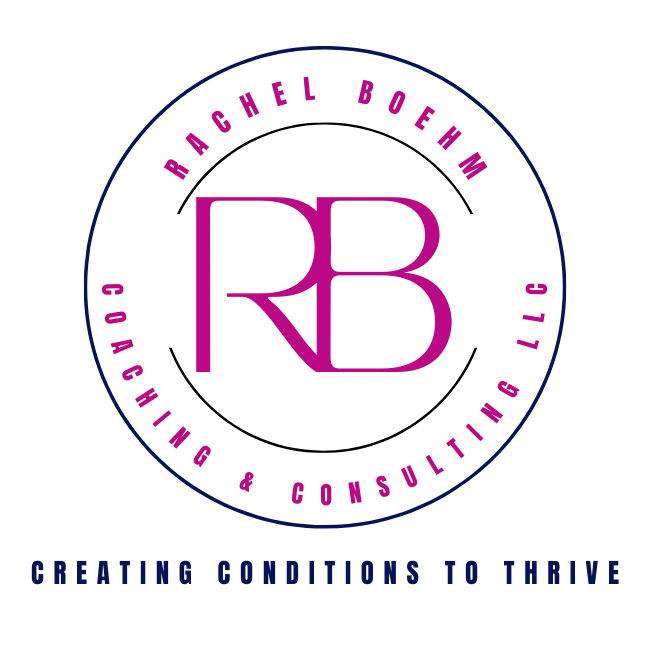How I Got Leadership Wrong, What I Learned, and Why Even High-Performing Founders Struggle to Lead Under Pressure
“You could be more engaging with the members.”
Never in my life had I been accused of being stand-offish or not engaging or unapproachable. Ok well, there was that phase in junior high when I was a bit aloof, but the mean girls started it. I withdrew to protect myself. Not quite the same thing.
But that was the feedback. I reflected on this as I walked out of the gym where I was assistant coaching. I had been an assistant coach for a month after working extremely hard for the position. I remember walking into the gym with the AC shirt on, excited and nervous.
What made it especially nerve-wracking was that this was a gym I was also a member of. I had been working out there for several years. People didn’t know me as a coach; they knew me as one of the other people working out alongside them. So, I was nervous about how my transition into a leadership position would go. Would they take me seriously? Would they listen to my guidance?
To help myself take on the role, I acted the way every coach I had acted. I was kind but tough. I wasn’t overly chatty. I was down to business. Time to start. Time to finish. This is the warm-up, the workout, the cool-down. Here’s how you do things. Questions? I offered 1:1 guidance where needed and tagged in the head coach where I thought he’d be a better problem-solver. Nuts. Bolts.
After that first month, I asked one of the head coaches whom I’d been working alongside for feedback and pointers. He said everything looked good. But then paused and added, “You could be more engaging with the members.”
Vulnerability in Leadership
It took some reflection for me to realize that I had overcorrected. In my bid to be seen as a leader, I lost one of the reasons I had been promoted to a leadership position. My ability to connect with the other members. My ability to empathize and build trust. To generate laughter and a culture of kindness, humility, and growth. And trust me, when you have barbells over a hundred pounds flying or 300+ pounds being loaded onto someone’s back for a squat, trust is critical.
Yes, leaders command the room. They are decisive. They communicate what needs to be done and, when necessary, also communicate how it needs to be done. But they also know how to be human.
Too often, leaders in organizations are so afraid of showing their humanity for fear of not being followed that they aren’t followed because they seem to lack humanity.
You can lead without being unapproachable. You can lead while still showing vulnerability. Vulnerability---I know. I was hesitant to write that and thought about looking for a softer synonym. Even though much has been written on the subject, it’s still a word that drives fear into the hearts of many of all ranks, but especially leaders.
The thing is that vulnerability is not about being soft or weak. You’ve probably heard that, but it bears repeating.
Vulnerability in leadership means being open, honest, and authentic. It means being honest when you don’t know the answers, expressing emotions, admitting limitations, taking time off to recharge, and investing in personal and professional development. It means not projecting a false image of invincibility.
The latter leads to dysfunction. Vulnerability in leadership leads to cohesive teams with high trust and communication, improved problem-solving and innovation, and higher marks across other KPIs.
What the Leadership Research Says
Leadership research backs this up. Even a 2025 survey from Perceptyx, an employee listening company, found that “strongman tactics” drive employees (especially high performers) to look for other opportunities. It’s not that a manager cannot demand quality performance, but it’s how they do it that matters.
“…managers who challenge with care, clarity, and a commitment to their people engender respect and loyalty.” They are nearly 4 times as likely to believe the manager cares about their success and are almost three times as likely to feel valued.
However, employees who work for managers who “rule with an iron fist” are 75% more likely to be actively looking for another job. The survey analysis estimates the cost of this to be over $500 billion annually due to high turnover and reduced productivity.
So what type of leadership drives high-quality performance without displaying “strongman tactics”?
Transformational leadership, for instance, is repeatedly linked with stronger employee engagement, higher morale, and improved performance. Leaders who use this style focus on connection, empathy, and a shared vision. They’re often seen as inspiring because they tap into their teams’ deeper motivations, not by being the loudest voice in the room, but by being the most authentic. Transformational leaders also encourage innovation and personal growth, challenging assumptions and providing individualized support to help people exceed their own expectations.
Servant leadership is also rooted in vulnerability. Servant leaders focus on the growth and well-being of their people first. They ask questions, admit when they’re wrong, and above all, see leadership as a role of service, not superiority. Servant leaders listen deeply, foster community, and empower others to become more autonomous and capable, helping people grow and thrive beyond just their roles at work.
Contrast these with transactional leadership, which is more structured and reward-based. While it can be effective for efficiency or meeting deadlines, it often leaves little room for the emotional nuance that makes people feel seen. Transactional leaders rely on clear direction, measurable goals, and a system of rewards and consequences. This approach creates order and accountability but can limit innovation and doesn’t always create a sense of belonging.
Transactional leadership isn’t necessarily equivalent to “strongman”, to be clear. But overused, it can be seen as such. The best leadership style is really being adaptable, knowing which tactic to use when. There’s a time for the transactional and a time for the servant or transformational.
In the gym analogy, the time for transactional was during the workout to ensure safety and efficiency. Before and after the workout, though, a less transactional approach could have been used to understand the headspace members were in as the came in for the workout (aches, pains, distracted with work or home stuff, unhappy about the workout, love the workout and can’t wait to get started, a high ego day….), and their headspace after (did the workout max them out and need extra recovery? Are they going to skip the cool down for some reason?).
What’s going on in their lives that is going to impact how they perform the task of the day? And did they have an overall great enough experience that they’re going to want to show up again tomorrow?
When I started combining leadership styles, and matched the style to the moment:
Members were more responsive and performed better
My performance feedback improved
I felt more authentic and therefore confident
Everyone had more fun
What’s Driving Your Leadership Style?
When I acted like how I thought a leader should be, it was out of my own fears and insecurities. When I acted the way I would want to be led, it was out of my passion for helping others be better versions of themselves.
The truth is that leadership isn’t a costume you put on. It’s not earned by mimicking someone else’s tone or toughness. It’s cultivated by aligning your actions with your values and your presence with your purpose. When you show up as a whole person—accountable, competent, and human—you don’t just lead more effectively. You give others permission to do the same. That’s what people follow. Not a role. Not a title. But the example of someone who leads with clarity, courage, and connection.
Help Dropping Your Costume
Curious how your leadership style is coming across—or how your strengths hold up under pressure? Schedule a free 15-minute call to start the conversation.


